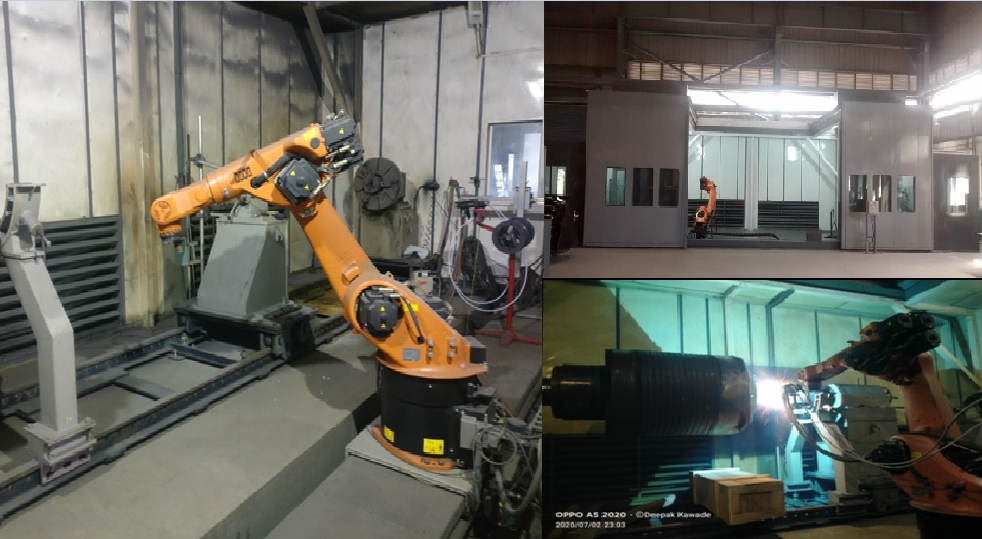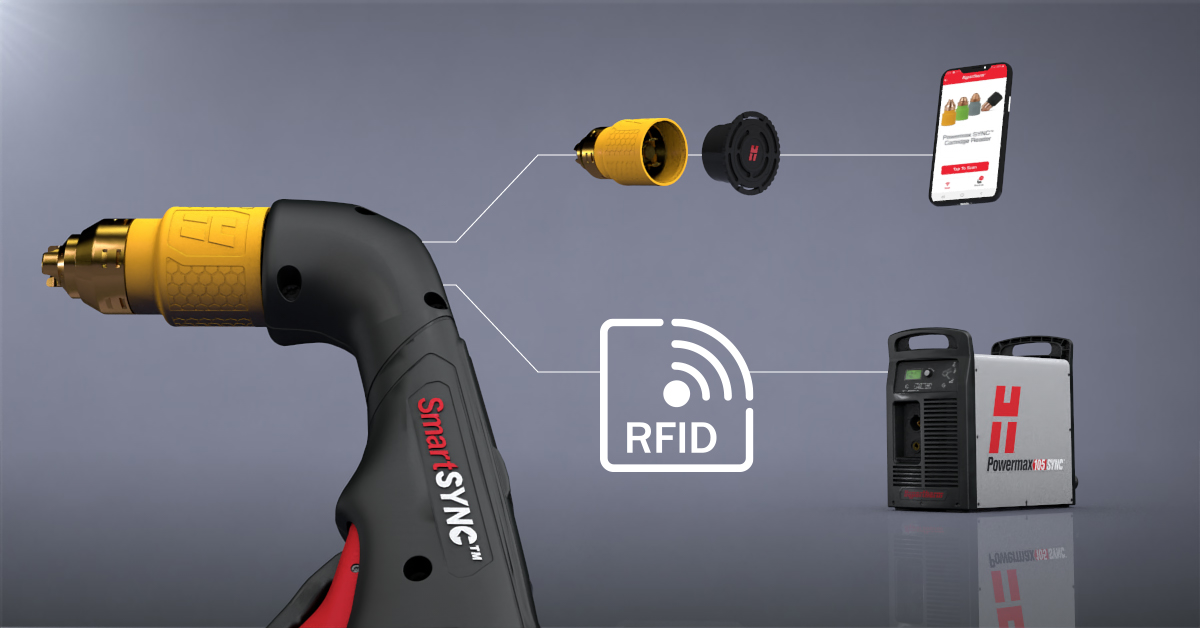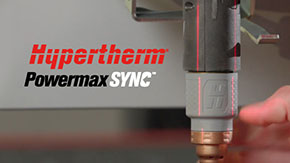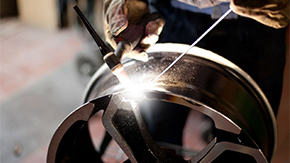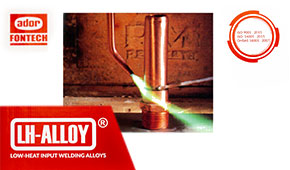Types of Thermal Spray Coating Processes You Should Know About
Table of Contents
- Thermal Spray Principle
- Basic Types
- Sources of Heat Energy to Heat Powder, Wire & Rod Form
- Flame Spray
- Electric Arc Spray
- Plasma Arc Spray
- Kinetic Energy Processes
Types of Thermal Spray Coating Processes
Thermal Spray Principle:
“Thermal spray” consists of a family of processes that use thermal energy. The thermal energy may be generated by a chemical process like combustion or an electrical process involving plasma or arc methods so as to melt, or soften, and accelerate the fine dispersion of particles.
This process typically uses some amount of preheating but is otherwise just a kinetic energy process. Selection of the appropriate thermal spray method is based on the following:
- Desired coating material
- Coating performance requirements
- Economics
- Part size and portability
Basic Types:
- Flame Spray
- Flame Powder
- Wire Flame
- HVOF Coating
- Electric Arc Spray
- Plasma Arc Spray
- Conventional Plasma
- Vacuum Plasma
Kinetic Energy or Cold Spray process comes last.
Sources of Heat Energy to Heat Powder, Wire & Rod Form.
- Flame Spray
Flame Powder: In the flame powder process, powdered feedstock is aspirated into the oxy fuel flame, melted, and carried by the
flame and air jets to the work piece. Particle speed is relatively low (<100 m/s), and bond strength of the deposits is generally lower than the higher velocity processes. Porosity can be high and cohesive strength is also generally lower
Wire Flame. In wire flame spraying, the primary function of the flame is to melt the feedstock material. A stream of air then atomizes the molten material and propels it toward the work piece
Substrate temperatures often range from 95 to 205 °C (200 to 400 °F) because of the excess energy input required for flame melting
High-Velocity Oxyfuel. In HVOF, a fuel gas (such as hydrogen, propane, or propylene) and oxygen are used to create a combustion jet at temperatures of 2500 to 3100 °C (4500 to 5600 °F).
The process results in extremely dense, well bonded coatings, making it attractive for many applications. Either powder or wire feedstock can be sprayed.
- Electric Arc Spray
Electric Arc. In the electric arc spray process (also known as the wire arc process), two consumable wire electrodes connected to a high-current direct-current (dc) power source are fed into the gun and meet, establishing an arc between them that melts the tips of the wires.
The molten metal is then atomized and propelled toward the substrate by a stream of air. The process is energy efficient because all the input energy is used to melt the metal.
Electric arc spraying also can be carried out using inert gases or in a controlled-atmosphere chamber
Conventional plasma spray process: is commonly referred to as air or atmospheric plasma spray (APS).
Plasma temperatures in the powder heating region range from about 6000 to 15,000 °C (11,000 to 27,000 °F), significantly above the melting point of any known material.
To generate the plasma, an inert gas—typically argon or an argon-hydrogen mixture—is superheated by a dc arc. Powder feedstock is introduced via an inert carrier gas and is accelerated toward the work piece by the plasma jet.
Vacuum Plasma. Vacuum plasma spraying (VPS), also commonly referred to as low-pressure plasma spraying
At low pressures, the plasma becomes larger in diameter and length, and, through the use of convergent/divergent nozzles, has a higher gas speed
The absence of oxygen and the ability to operate with higher substrate temperatures produce denser, more adherent coatings with much lower oxide contents.
- Kinetic Energy Processes
The latest advance in kinetic spraying is known as “cold spray.”
Cold spray is a material deposition process in which coatings are applied by accelerating powdered feedstocks of ductile metals to speeds of 300 to 1200 m/s (985 to 3940 ft/s) using gas-dynamic techniques with nitrogen or helium as the process gas
The process is commonly referred to as “cold gas-dynamic spraying” because of the relatively low temperatures (0 to 800 °C, or 32 to 1470 °F)of the expanded gas and particle stream that emanates from the nozzle
These are the commonly used process in Industry. We at ADFL have the complete infrastructure at our state of art facility – Life Enhancement Centre, Nagpur to facilitate maintenance & repair industry to carry out wide variety of jobs
Repair –Do not replace
